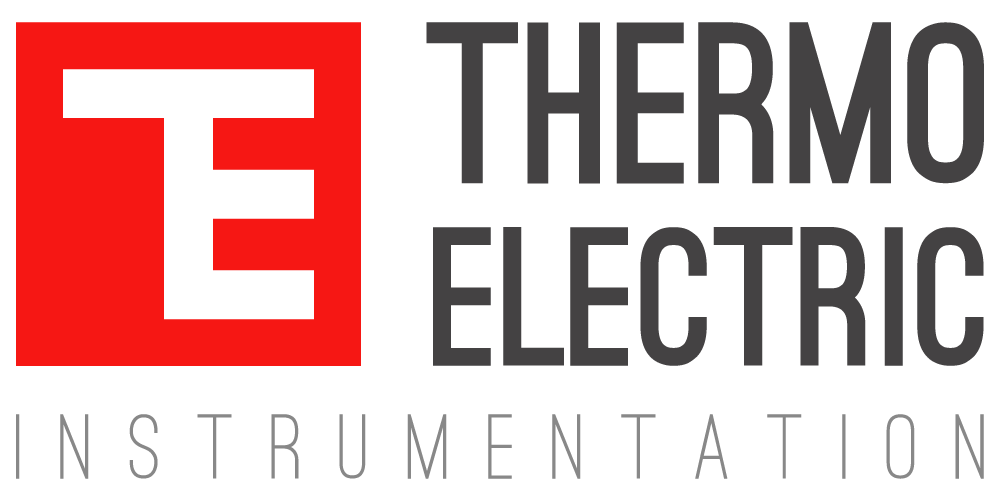Few factors disrupt plant performance more than an unexpected temperature-sensor failure. Whether it’s a faulty thermocouple in a fired heater or a drifting RTD on a steam turbine bearing, sensor malfunctions can trigger unit trips, false alarms, or forced operation in manual mode, all of which cut directly into efficiency and profitability.
By engineering reliability into every measurement point, operators can turn temperature instrumentation from a maintenance liability into a predictable, data-driven asset.
How Sensor Failures Cause Downtime
Temperature measurements are integral to automatic control, safety interlocks, and emissions compliance. When a critical sensor fails or drifts out of range, control systems respond conservatively, often by initiating a protective trip or shifting to manual mode.
Typical failure consequences include:
- Furnace trips due to erroneous high-temperature signals from degraded thermocouples.
- Turbine derating when bearing or exhaust sensors fail verification checks.
- Operator intervention to bypass alarms or run open-loop until maintenance replaces the device.
Each of these events reduces equipment availability and can cost thousands of euros per hour in lost output.
Root Causes of Sensor Failure
The reliability of any temperature sensor is governed by both its metallurgical stability and installation environment.
1. Drift
Thermocouple drift results from grain growth, oxidation, and contamination in the sensing wires at high temperature. As the metal structure changes, the EMF output no longer corresponds precisely to the true temperature.
2. Vibration and Mechanical Fatigue
Improperly sized thermowells or unbraced sensor assemblies are susceptible to flow-induced resonance. The ASME PTC 19.3 TW-2016 standard establishes wake-frequency and stress criteria to prevent vibration failure under dynamic loads.
3. Corrosion and Atmosphere Attack
In boilers and heaters, hot flue gases, sulphur compounds, or reducing atmospheres degrade sheath alloys. This is why we specify corrosion-resistant materials such as Inconel 600 (W.nr 2.4816) and X8CrNiNb16-13 for high-temperature service.
4. Electrical Faults
Moisture ingress or insulation breakdown in cable terminations leads to erratic readings or open circuits. Mineral-insulated (MI) construction with compacted MgO insulation provides high dielectric strength and long-term stability in these environments.
Predictive Maintenance Opportunities
Modern temperature measurement systems integrate intelligent transmitters and redundant sensing elements to detect degradation before it becomes a process interruption.
A. Diagnostic Transmitters
Smart multi-input transmitters continuously monitor loop resistance, drift between dual sensors, and open-circuit conditions, issuing predictive alarms well before failure.
This functionality is available for both RTD and thermocouple assemblies, providing early warning of sensor deterioration.
B. Matched Sensors and Calibration Stability
We perform RvA/ILAC-accredited calibration from –200 °C to 1500 °C, ensuring each element conforms to IEC 60584 or IEC 60751 tolerance classes.
Using matched pairs of sensors minimizes offset drift and improves comparability over time.
C. Redundancy in Critical Points
Dual or triple-element configurations, such as duplex skin thermocouples on furnace tubes or redundant RTDs on turbine bearings, allow automatic fail-over.
In many systems, transmitters employ Hot Backup logic, switching seamlessly to the secondary element without losing the temperature signal.
Reliability in Action
1. Turbine Bearing Monitoring
A refinery power-recovery turbine equipped with duplex Pt100 sensors could experience intermittent bearing trips due to drift in single elements.
In this case, upgrading to a dual-RTD assembly with four-wire compensation and a smart transmitter would eliminate false alarms, improving turbine availability by several hundred hours per year.
2. Fired Heater Tube Monitoring
In a hydrocracker heater, legacy surface thermocouples could fail from vibration and oxidation.
In this scenario, replacing them with mineral-insulated skin thermocouples (eg, our A510-1 Series) using Inconel sheaths and an ASME-verified thermowell, would support reduced replacement frequency by over 60 %, while enabling real-time analytics for decoking optimization.
ROI and Performance Metrics
Quantifying the impact of reliability improvements is straightforward when linked to measurable uptime and maintenance savings.
Key performance indicators:
- MTBF (Mean Time Between Failures): Upgrading to MI-type or duplex sensors can double MTBF in high-temperature zones.
- Maintenance Cost Avoidance: Each prevented heater trip or turbine derate equates to direct production savings.
- Regulatory Compliance: Stable temperature readings ensure adherence to environmental and safety standards.
- Predictive Insights: Integration of diagnostics with DCS or asset-management systems supports data-driven maintenance planning.
The combination of robust mechanical design, accurate calibration, and predictive electronics translates directly to operational uptime and lifecycle value.
Wrapping Up
Temperature sensors are the eyes of every power and refining process. When they fail, visibility and often control are lost. By applying proven engineering practices, operators can prevent drift, vibration, and corrosion failures before they lead to costly shutdowns.
Investing in reliability yields measurable returns: higher availability, fewer unplanned outages, and greater confidence in every critical measurement.




